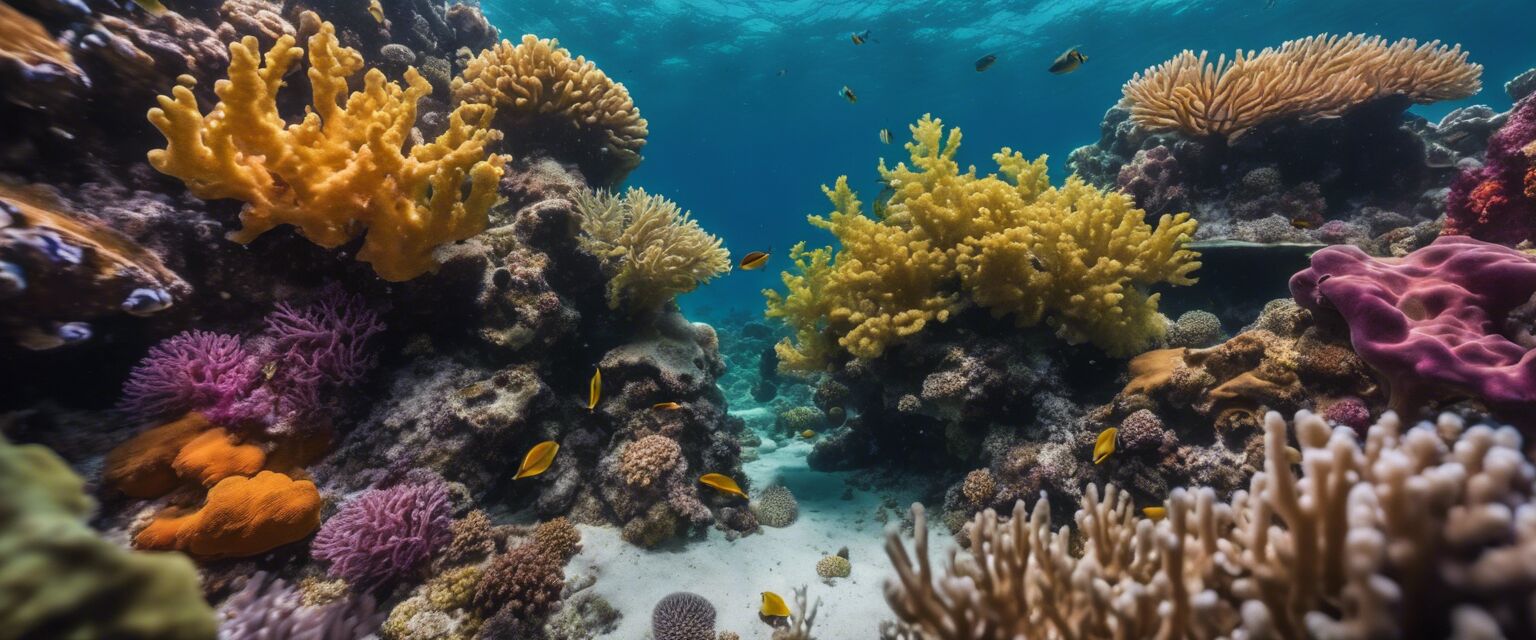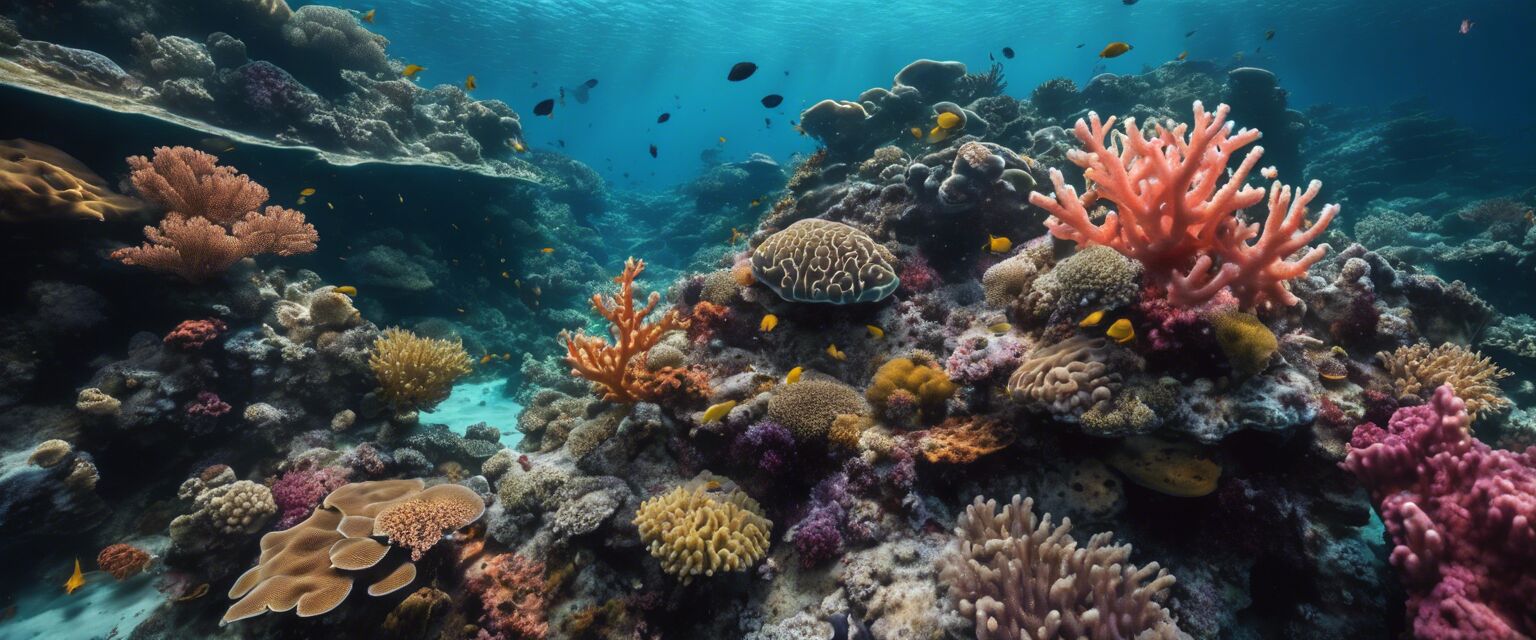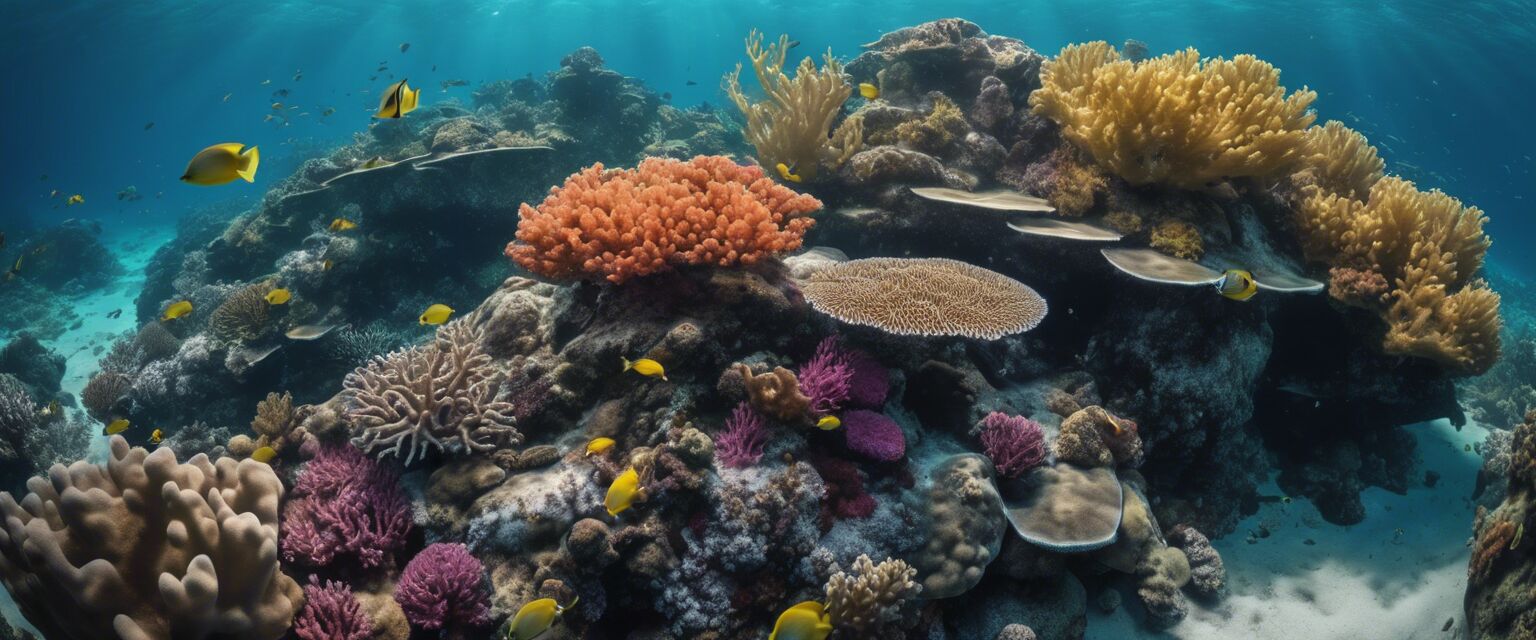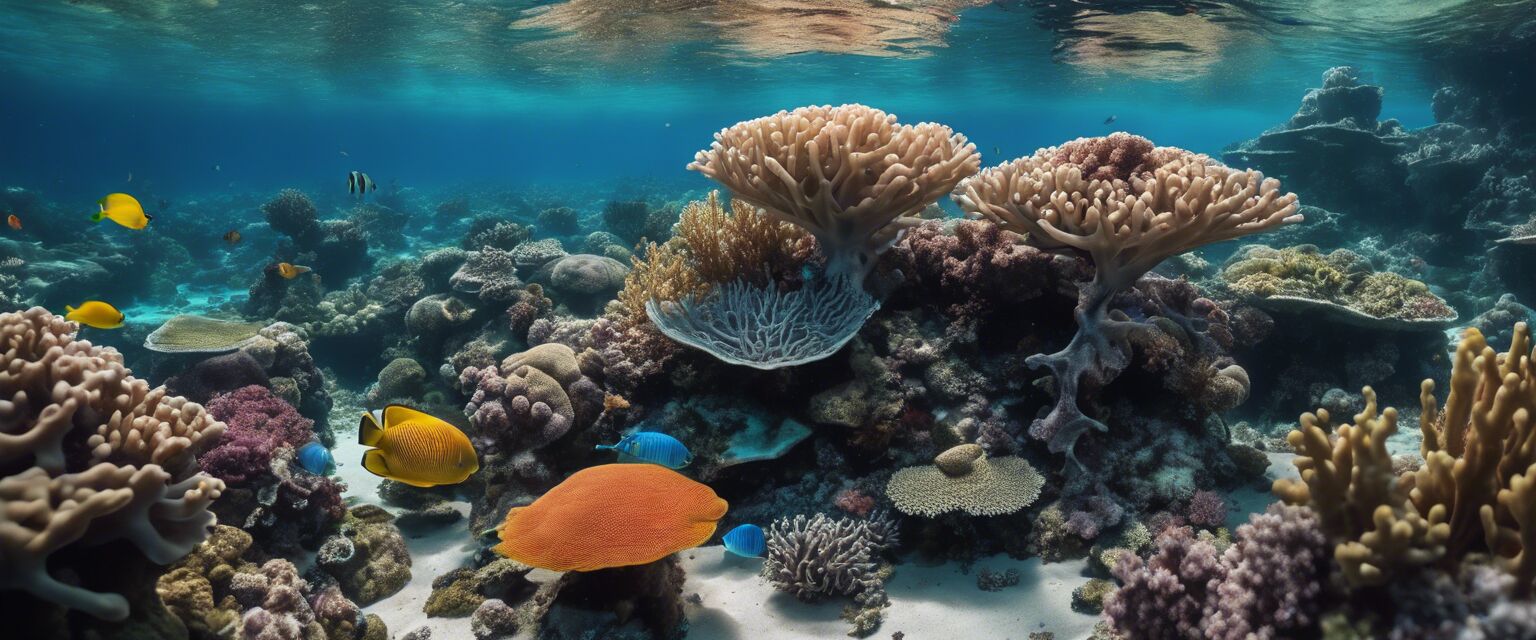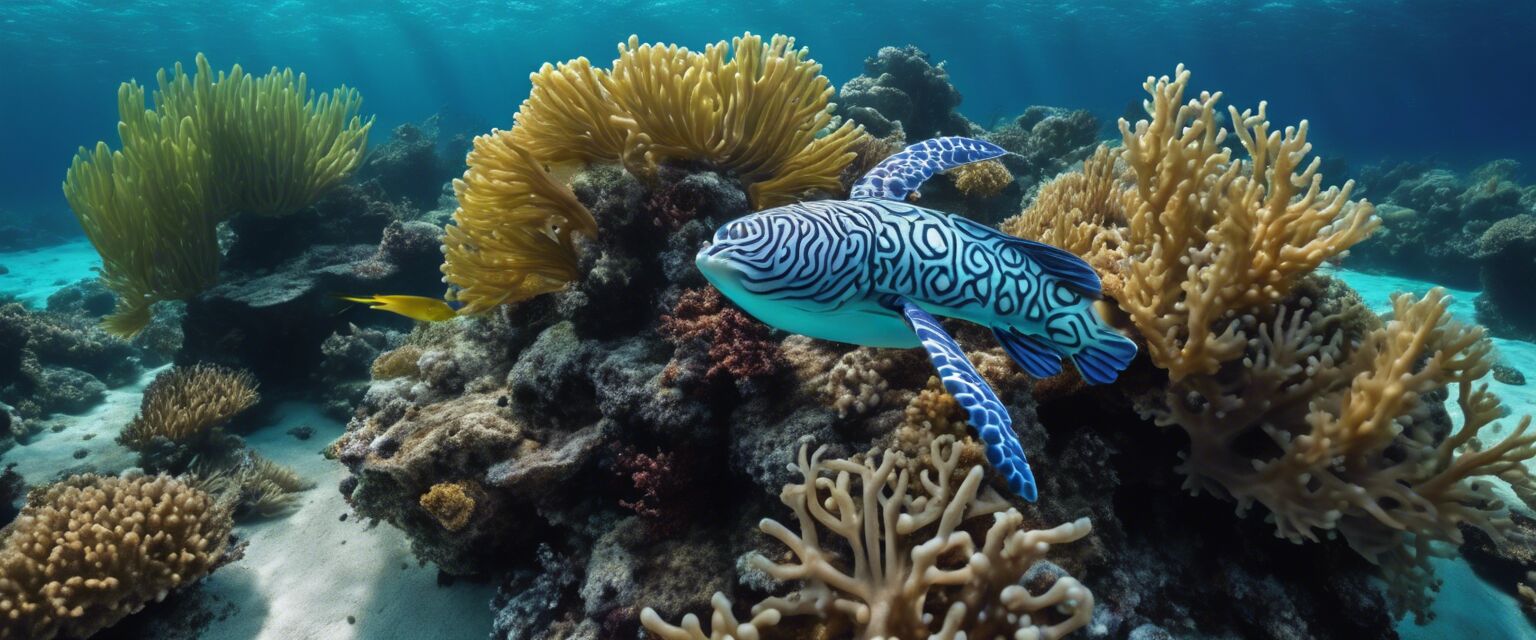
Macro Marine Photography
Key Takeaways
- Understanding equipment is essential for capturing small marine subjects.
- Lighting plays a critical role in macro photography.
- Patience and practice are key to mastering macro marine photography.
- Composition techniques can enhance the storytelling aspect of your images.
Macro marine photography opens up a world of stunning detail that often goes unnoticed in the underwater realm. Capturing the intricate features of small marine life can be both rewarding and challenging. In this guide, we will explore techniques, tips, and essential equipment that will help you excel in this captivating niche of photography.
Essential Equipment for Macro Marine Photography
| Equipment | Description | Importance |
|---|---|---|
| Macro Lenses | Specialized lenses designed for close-up photography. | Essential for capturing detailed images of small subjects. |
| Lighting Equipment | External flash or continuous lights to illuminate subjects. | Helps to reduce shadows and enhance colors. |
| Tripod/Stabilizer | Equipment to stabilize your camera. | Crucial for avoiding motion blur when shooting at slow shutter speeds. |
| Underwater Housing | A waterproof case for your camera. | Protects your camera while allowing for underwater shooting. |
| Editing Software | Programs for post-processing your images. | Enhances images and brings out the best details. |
Understanding Lighting Techniques
Lighting is one of the most critical aspects of macro marine photography. Here are some techniques to achieve the best lighting for your shots:
- Natural Light: Utilize sunlight, especially during the golden hour, for soft and diffused light.
- Strobe Lighting: Use underwater strobes to illuminate subjects and bring out colors.
- Continuous Lighting: LED lights can provide consistent lighting, helpful for video as well.
- Backlighting: Experiment with backlighting to create dramatic effects.
Choosing the Right Angle and Composition
The angle and composition play a vital role in macro photography. Here are some tips:
- Get as close to the subject as possible while maintaining focus.
- Try different angles to find the most compelling perspective.
- Use the rule of thirds to create balanced compositions.
- Incorporate foreground elements to add depth to your images.

Common Challenges and Solutions
Macro photography can present unique challenges. Here are some common issues and how to tackle them:
| Challenge | Solution |
|---|---|
| Motion Blur | Use a tripod or increase shutter speed to freeze motion. |
| Poor Lighting | Use strobes or continuous lights to illuminate your subject. |
| Subject Movement | Be patient and wait for the subject to settle before shooting. |
| Image Noise | Keep ISO settings low and use proper lighting to reduce noise. |
Tips for Beginners
Beginner's Tips
- Start with subjects you can easily access and practice regularly.
- Invest in quality equipment gradually as you improve your skills.
- Join photography forums or groups to share your work and gain feedback.
- Study the work of professional macro photographers for inspiration.
- Experiment with different settings on your camera to understand how they affect your images.

Conclusion
Macro marine photography is an exciting and rewarding discipline that allows you to capture the beauty of the underwater world in incredible detail. By understanding the essential equipment, mastering lighting techniques, and overcoming common challenges, you can take stunning photographs of small marine life. Remember, practice and patience are the keys to success in this immersive art form.
Pros
- Captures stunning details of marine life.
- Encourages creativity and artistic expression.
- Provides opportunities for unique storytelling through images.
- Enhances knowledge of marine ecosystems.
Cons
- Requires specialized equipment which can be expensive.
- Can be challenging to master the techniques involved.
- Subject to varying underwater conditions.
- May require significant patience and time to get the perfect shot.
For more information on enhancing your macro photography skills, check out our Photography Guides or explore the Camera Accessories that can elevate your photography game. Dive deeper into the world of underwater photography with our Underwater Cameras section for quality equipment recommendations.

